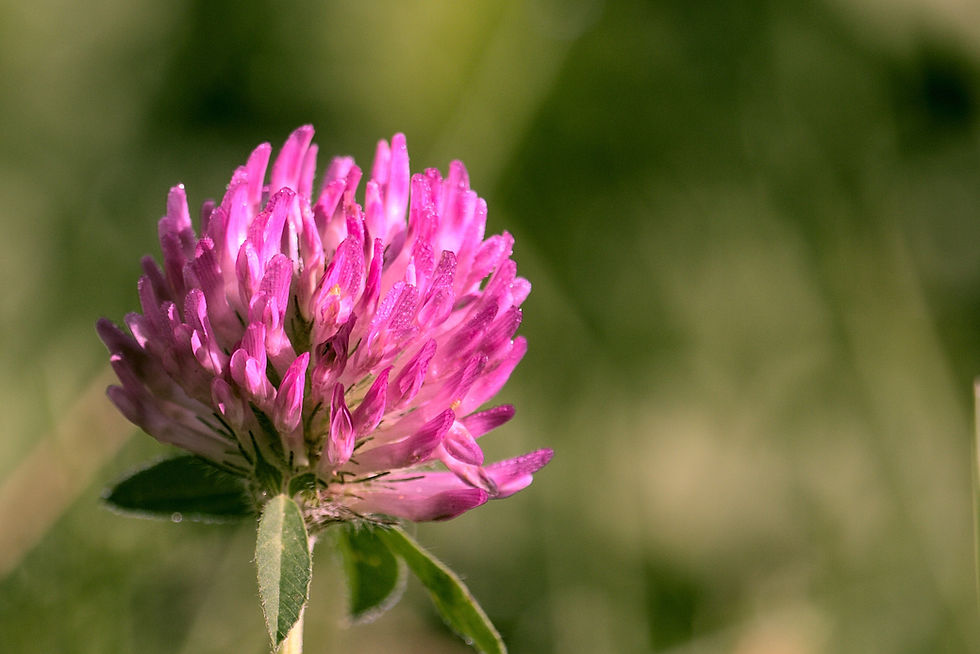Discover the Secret Benefits of Edible Cover Crops for Your Raised Garden Beds
- Cultivate Simple Delights

- Aug 9
- 3 min read
Updated: Sep 16
If your new to gardening I'm going to show you how to get the most out of your raised bed, while amending the soil at the same time, so that you can have healthy nutrient rich soil for growing your garden.
Disclaimer: Cultivate Simple Delights is part of Amazon Affiliate Program and receives a small commission at no extra cost to you when you purchase items through our links.

You may already know about the benefits of cover crops, but have you considered choosing ones that are also edible?
This is a great solution for getting the most from your raised garden beds by planting cover crops that will give nutrients back to the soil, but are also edible.
This guide will lay out the remarkable advantages of edible cover crops enriching your garden, while offering tasty greens that will delight your palate.

What Are Cover Crops?
Cover crops are plants primarily grown to enhance soil health, prevent erosion, and suppress weeds.
Typically, gardeners plant them during the off season when main crops aren't growing.
However, many cover crops are also edible allowing you to enjoy their advantages in more than one way.

Why Use Edible Cover Crops?
Integrating edible cover crops into your raised garden beds provides numerous benefits.
Plants like legumes such as clover can significantly enrich the soil with essential nutrients increasing the fertility of your soil.
These crops also play a vital role in weed suppression reducing the need to use chemical herbicides and they create habitats for beneficial insects that can naturally help control pests.
And of course, the tastiest benefit is that you can eat them!
Cover crops like mustard greens and buckwheat not only contribute nutrition, but also add unique flavors and textures to your meals.

Popular Edible Cover Crops To Use In The Garden
Here are some popular choices that can enhance both your soil and your dishes:
Clover: This legume is an excellent nitrogen fixer. Its sweet leaves add a mild flavor to salads and can also attract beneficial pollinators improving the overall health of your garden.
Mustard Greens: Fast growing and ready for harvest in as little as 40 days these greens thrive when sown in the Fall. Their distinctive peppery flavor makes them a favorite in stir fries and salads.
Buckwheat: Perfect for late summer planting, buckwheat grows quickly and can be ready to harvest within 30 days. Its edible leaves are tender and delicious in salads, while its flowers attract bees and other pollinators enhancing biodiversity in your garden.
Rye: While primarily grown for soil improvement, the young shoots of rye are tender and can be harvested for fresh salads or smoothies.
Peanuts: these plants have the ability to fix nitrogen, suppress weeds, and improve aeration in the soil. This is a fun one I'm looking forward to trying in the future.
How to Incorporate Edible Cover Crops
To successfully use edible cover crops, sow your selected seeds in your raised garden beds during the off season. Be mindful of the recommended planting times for your area to help you stay organized on when to plant.
As these crops grow, you can enjoy them in various dishes or till them into the soil to enhance its structure and nutrient content.
For the best flavor, be sure to harvest before they flower like mustard greens should be gathered while still tender to maintain their unique taste and crisp texture.

Make Your Garden Flourish With Cover Crops
Choosing edible cover crops is a brilliant way to boost your gardening experience.
These crops improve soil health, suppress weeds, and provide fresh nutritious greens right from your garden.
Why not explore these options for your raised beds?
You might be surprised by the wealth of benefits they bring, both to your garden health and your culinary creations.
Now READ:



















































Comments